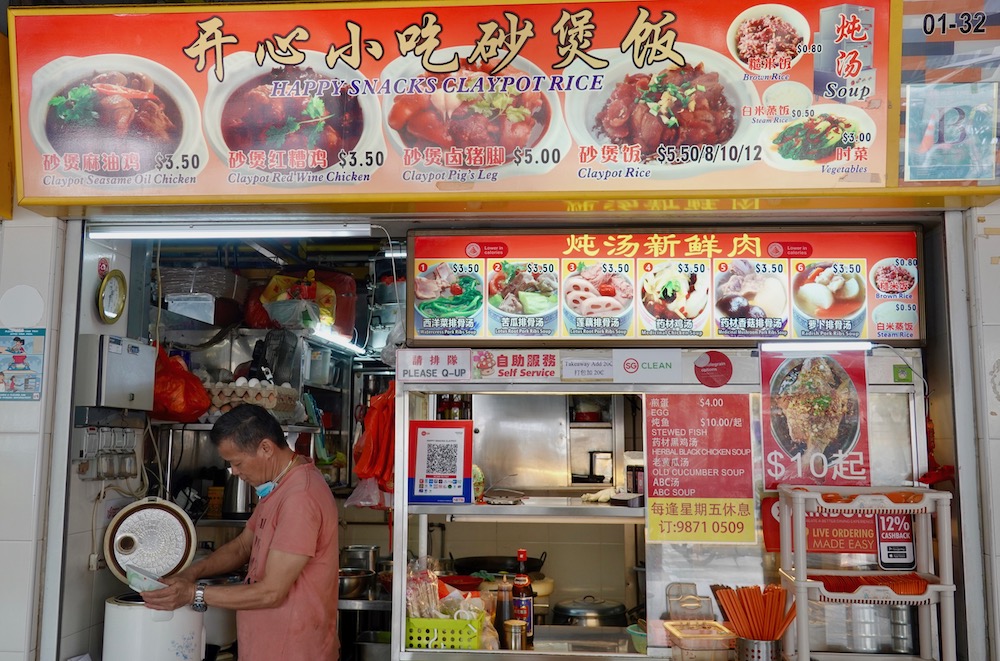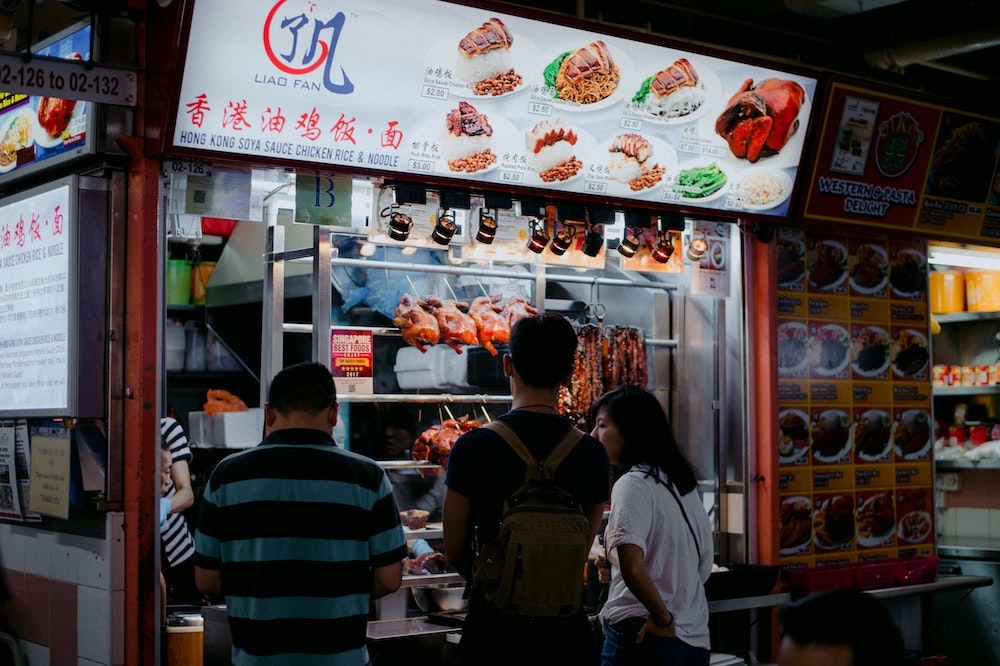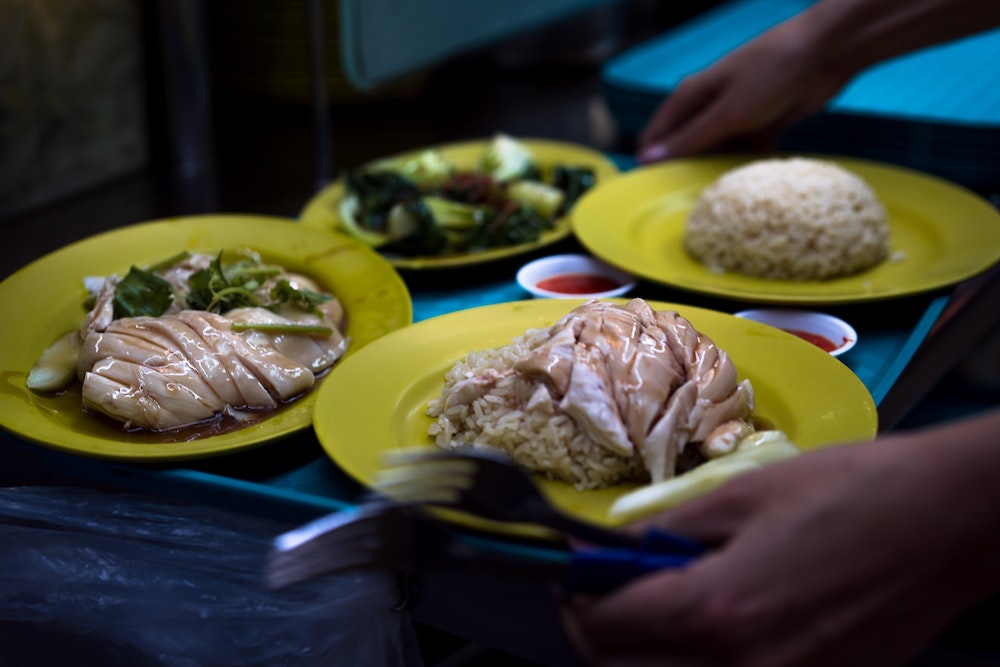Our hawker culture is an integral part of our society’s fabric – indeed, how can any of us imagine our city without our favourite char kway teow or satay? Yet, take a look around any of our hawker centres, and you’d find that most stallowners are getting well on in their years.

Of course, a new – albeit small – wave of new-generation hawkers have been surfacing over the years, but it may not be too presumptuous to say that most hawker stalls are manned by older individuals. And what happens when they reach retirement age, grow too weary to sustain the rigour of maintaining their hawker stall, or are without any suitable – or willing! – successors?
Keep our Hawker Culture Going!
Enter NEA’s new Hawker Succession Scheme. Piloted in the first quarter of 2021, this new scheme shines a new beacon of light – and hope! – for our hawker scene. In collaboration with the Workgroup on Sustaining the Hawker Trade, this scheme will pair veteran hawkers looking to pass on their trade with aspiring successors.
Previously, non-subsidised hawkers were only able to pass on the trade to their relatives, which limited the available pool of successors by far. Meanwhile, subsidised hawkers refer to those who were relocated from the streets back in the 1970s, or allocated stalls under a previous Government scheme. This new scheme will hence allow both subsidised and non-subsidised hawkers to pass on their skills to non-relatives!
With this scheme, the veterans will be in charge of mentoring the successors, teaching them the ins and outs of the trade. These veteran hawkers are identified as those with at least 15 years of operating at hawker centres.
What else is being done?

The Workgroup on Sustaining the Hawker Trade has submitted five key recommendations to the Ministry of Sustainability and Environment, which will then work to achieve positive outcomes for each.
In a nutshell, these recommendations include:
1. Using digital media to “refresh the narrative on hawker trade”
This will not only shine a positive light on hawker culture, but also serve as an incentive for new individuals to enter the trade.
Indeed, according to 87.3% of respondents for a 2019 NEA survey claimed that they had no desire to become hawkers. This might be due to a negative perception of the trade, which this recommendation can aim to circumvent.
2. Provide new and existing hawkers with adequate resources
A development programme could prove useful in helping to enhance the skills of existing hawkers and ease the transition for new hawkers.
A possible collaboration with culinary and tertiary institutions can also permeate hawker culture more widely in our society. Such a collaboration can include inviting hawkers to conduct cooking classes, or offering internship opportunities at various hawker stalls.
3. Develop NEA’s Hawkers’ Productivity Grant further
This grant provides additional funding and support for hawkers, who are able to tap on these resources to aid their operations. This can be done through purchasing automation equipment, or introducing digital systems to boost efficiency.
This can be especially beneficial in light of the stiff competition that hawkers face from restaurants and cafés in the industry.
4. Recognise and celebrate outstanding hawkers
On top of boosting morale, such a movement can help to recognise the achievements of both existing and new hawkers.
5. Create an extensive hawker network
A community is only as strong as the people that are in it. Establishing a network that connects hawkers will be beneficial in the aspects of information sharing, morale boosting, and more.
That’s not all!

There’s word that Singapore’s hawker culture may be well on its way to being on UNESCO’s intangible heritage list! The success or failure of this endeavour will be announced between 14 to 19 December. If Singapore should be successful in introducing its hawker culture to UNESCO’s acclaimed wall of fame, it’ll join the making of sharing of kimchi in North and South Korea, as well as yoga in India.
Isn’t that great news? Here’s to ensuring that all our hawker favourites – hokkien mee, carrot cake, sambal stingray, and the list goes on – remains a staple in our beloved city for years to come!
Join the conversations on THG’s Facebook and Instagram, and get the latest updates via Telegram.














